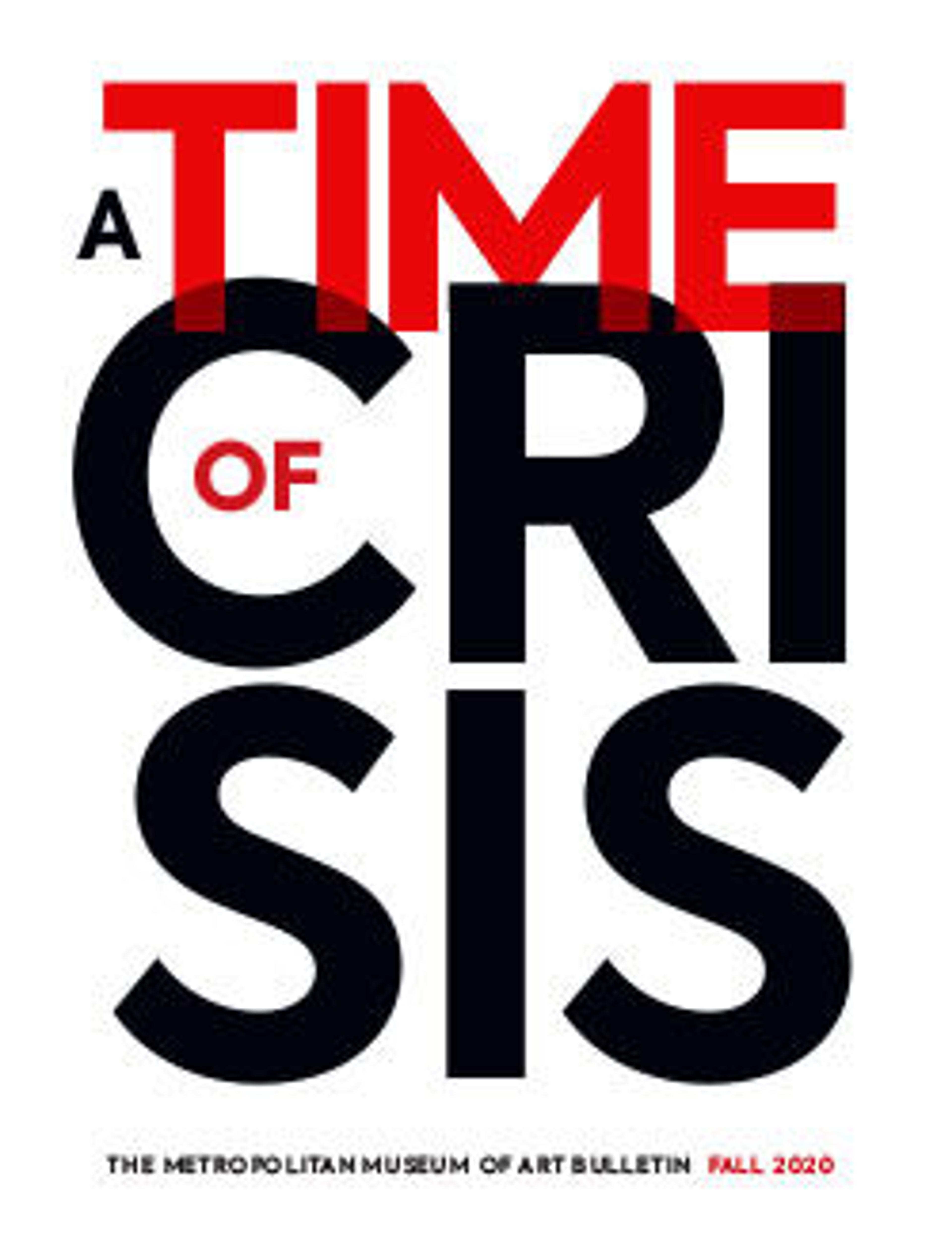Joint Landscape
Shen Zhou, the quintessential Ming scholar-amateur painter, preferred to live in retirement rather than risk the vicissitudes of government service. He devoted much of his later life to an exploration of the brush style of the fourteenth-century recluse-painter Wu Zhen. Shen's painting epitomizes the scholar-amateur tradition of self-expression; by depicting the interior world of the mind and heart, it embodies the essence of Chinese artistic striving. The painting's imagery is about private places: secluded dwellings hidden in the heart of the landscape. Shen's calligraphic brushwork, like handwriting, subtly conveys the writer's mind and personality. Shen's most ambitious landscape composition—the scroll is over fifty-six feet long—it shows the artist systematically reinterpreting Wu Zhen's brush idiom while striving for a new compositional monumentality.
The painting remained incomplete at Shen Zhou's death. In 1546 it was rediscovered by Shen's illustrious pupil Wen Zhengming, who added finishing touches. Wen's inscription recounts: "The composition was already fully realized, but the dotting and washing had not been completed. I, his student, have now finished it. But consider my clumsy effort, how could I add to this 'sable tail'!"
The painting remained incomplete at Shen Zhou's death. In 1546 it was rediscovered by Shen's illustrious pupil Wen Zhengming, who added finishing touches. Wen's inscription recounts: "The composition was already fully realized, but the dotting and washing had not been completed. I, his student, have now finished it. But consider my clumsy effort, how could I add to this 'sable tail'!"
Artwork Details
- 明 沈周 、文徵明 合璧山水圖 卷
- Title: Joint Landscape
- Artist: Shen Zhou (Chinese, 1427–1509)
- Artist: Wen Zhengming (Chinese, 1470–1559)
- Period: Ming dynasty (1368–1644)
- Date: ca. 1509 and 1546
- Culture: China
- Medium: Handscroll; ink on paper
- Dimensions: Image: 14 1/2 in. × 56 ft. 8 13/16 in. (36.8 × 1729.3 cm)
Overall with mounting: H. 16 in. (40.6 cm) - Classification: Paintings
- Credit Line: Purchase, The Dillon Fund Gift, 1990
- Object Number: 1990.54
- Curatorial Department: Asian Art
Audio
7688. Joint Landscape
0:00
0:00
We're sorry, the transcript for this audio track is not available at this time. Please email info@metmuseum.org to request a transcript for this track.
More Artwork
Research Resources
The Met provides unparalleled resources for research and welcomes an international community of students and scholars. The Met's Open Access API is where creators and researchers can connect to the The Met collection. Open Access data and public domain images are available for unrestricted commercial and noncommercial use without permission or fee.
To request images under copyright and other restrictions, please use this Image Request form.
Feedback
We continue to research and examine historical and cultural context for objects in The Met collection. If you have comments or questions about this object record, please contact us using the form below. The Museum looks forward to receiving your comments.
